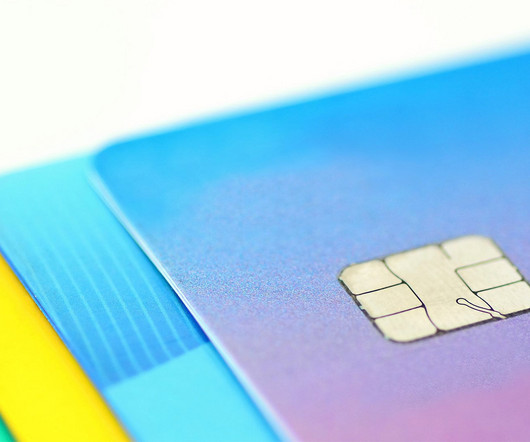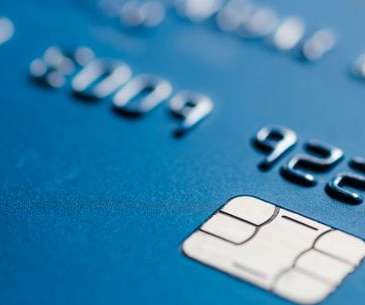JPMorgan: Using Transaction Data To Help Merchants Optimize Cash Flow
PYMNTS
OCTOBER 7, 2020
A very important lever is optimizing transaction message data elements, which involves understanding which elements of a payments message work best depending on the customer’s card issuer. Routing a transaction through a different network — for example a PIN-less debit network — can in certain situations lead to a higher approval rate.











Let's personalize your content